廣告 ADS
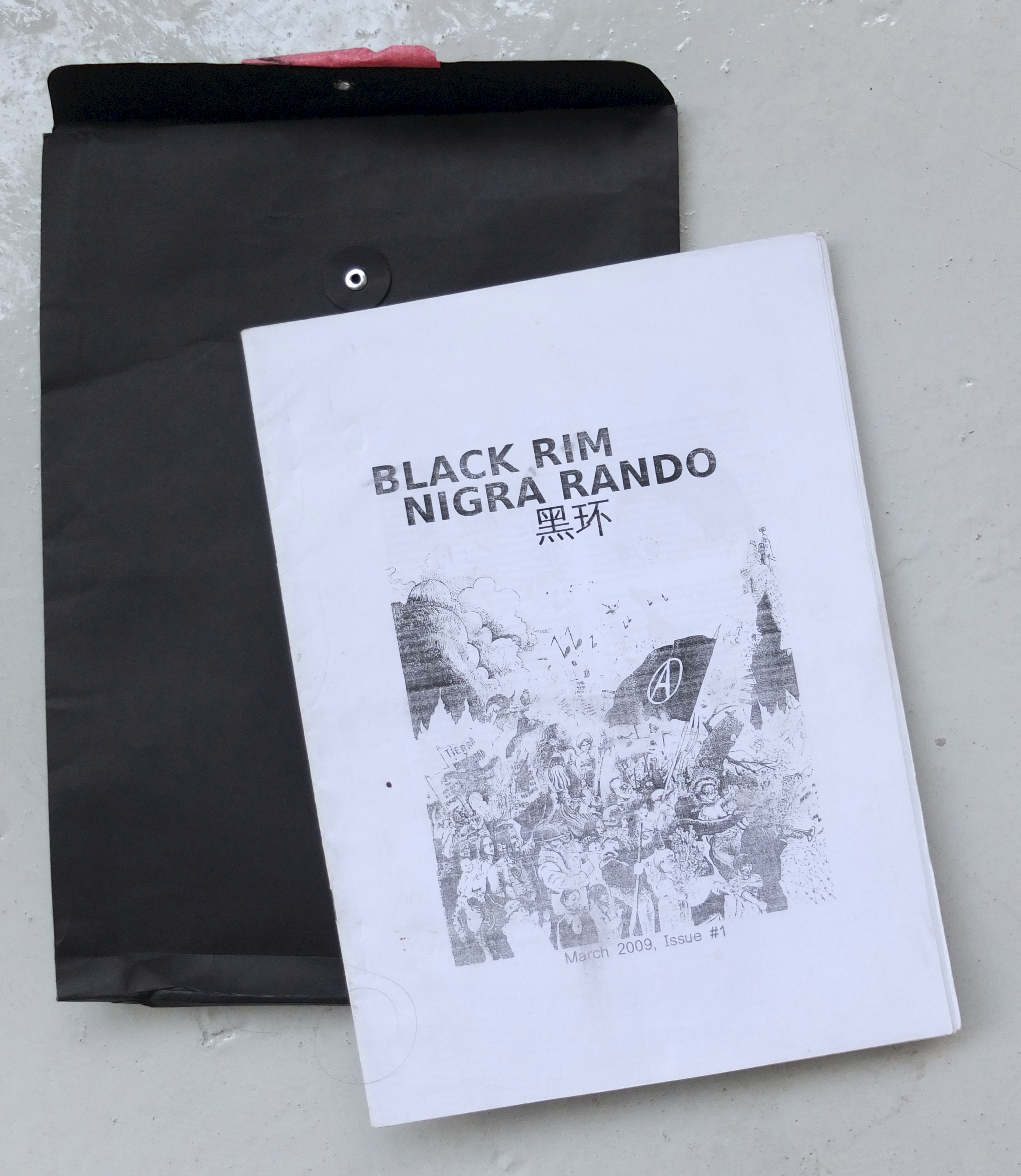
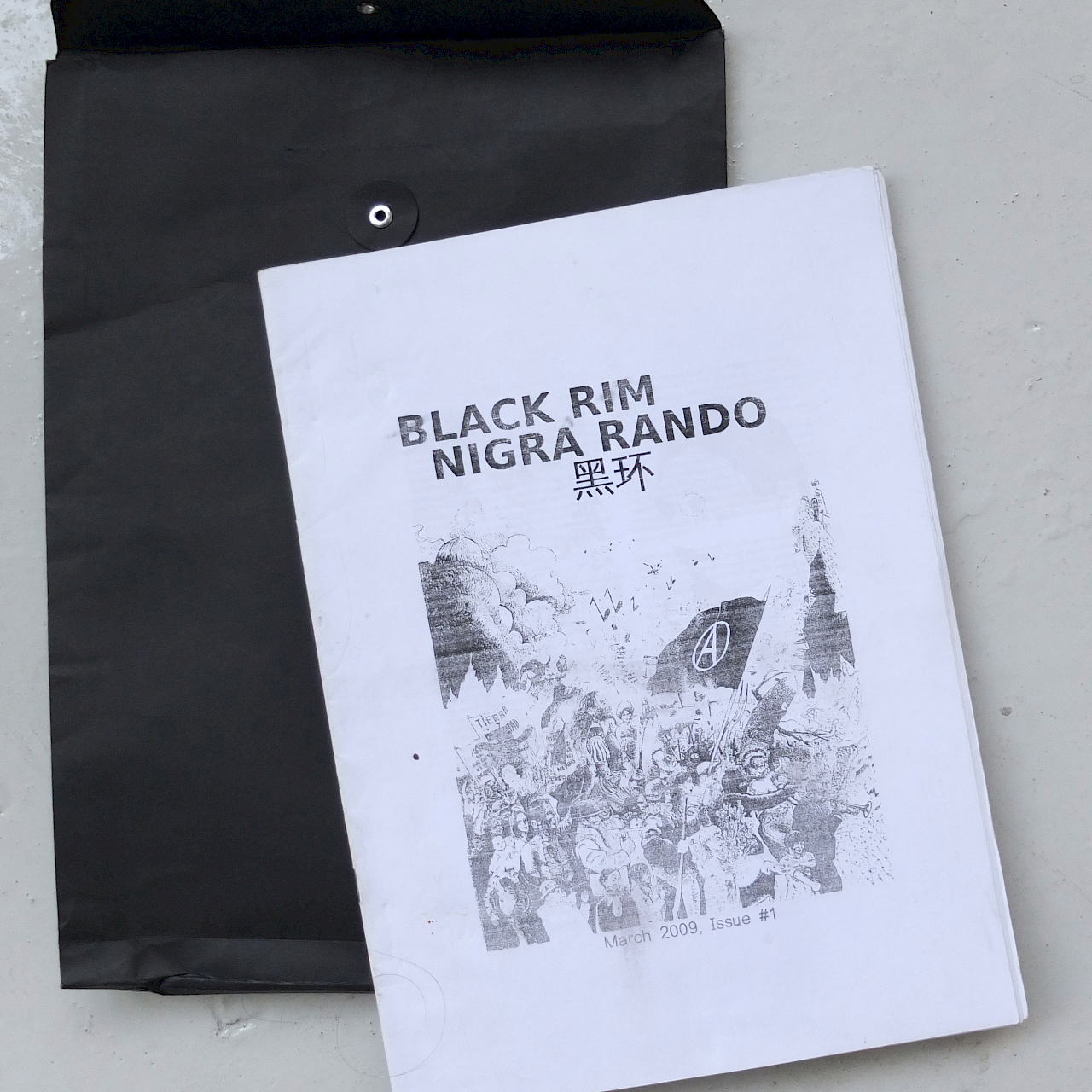

Aesthetics of Circulation: Along The Black Rim
『展銷場』的《目錄》是一本郵購雜誌目錄,也是一本讀者文摘和一本內容豐富的刊物,它囊括了『展銷場』支持與銷售的各類亞洲獨立出版物以及相應的特選文章。出版物的流通串聯內容。
《目錄》的第二期新內容包括:新加的出版物、「二(手)山(寨)」系列特選、展銷場的前言「發行流通的美學:沿黑環而行」、「野生交易」的Kate RICH「反常的基礎設施」採訪、河內AJAR出版社的三語散文「song song || parallel」與江上賢一郎的「非正常地重新聯結世界:亞洲文化圈中“Manuke”」和梁芝蘭的「東西在循環」文章。
『CATALOGUE』 is part mail-order catalogue, part reader’s digest, and part variety journal, assembling independent publications supported and distributed by DISPLAY DISTRIBUTE alongside complementary texts. Content conflated with its means of circulation.
『CATALOGUE』No. 2 features Display Distribute’s latest selection of publications, new additions to the “SECOND(hand)MOUNTAIN(fortress)” series, Display Distribute’s editorial “Aesthetics of Circulation: Along the Black Rim”, “Anomalous Infrastructures” an interview with artist-grocer Kate RICH, “Things Are Circulating” by artist-writer Ghislaine LEUNG, the intertextual “song song || parallel” by poet-publishers AJAR, and “Being ‘Manuke‘: Uselessness in the Context of East Asia” by photographer-researcher EGAMI Kenichiro.
發行流通的美學:沿黑環而行
Aesthetics of Circulation: Along The Black Rim
2009年,匿名編輯製作的刊物《Black Rim/Nigra Rando/黑環》發行了它的創刊號,看來也是唯一一期。黑白二色的風格,有幸得到這本限量發行刊物的人,到手的是一本薄薄的影印手冊,對折騎馬釘裝幀。其他人則更多是下載了它的PDF電子版,或僅僅是從已經讀過它的人那裡得到些信息。這本只有36頁的刊物收錄了亞太地區的無政府主義活動的大量素材以及相關國家有關事例的興衰,而且還野心勃勃地追循了「環太平洋的資本流通」軌跡。[1]通過追循這一變動的世界體系《黑環》意圖指認並調用這一世界秩序中的差異,從而追求其它更開放自由的替代模式。儘管這本刊物在發刊後就嘎然而止,但憑它僅存的零散破舊的幾本與雖過時但仍舊可用的在線鏈接,其精神仍在流傳。這種低保真的轉移與分發模式或可被視為對作為一種平滑空間的全球資本的參與和詰問。《黑環》以其形式:非盈利、開源、集體書寫彰顯了其志向,而它神秘的未完待續的消失亦引人推測。
In 2009, the anonymously produced Black Rim/Nigra Rando/黑环 zine debuted its first but ostensibly only issue. A black-and-white affair, those who were able to get a hold of its limited copies obtained a slim, photocopied pamphlet, folded down the middle and simply stapled. Others likely encountered it as a PDF download, or merely as a relay of information from someone who had read it. Just shy of 40 pages, the publication comprised a comprehensive list of resources for the Asia-Pacific Anarchist, reported instances of uprising and rupture from countries across the region and ambitiously set out to track “capital’s process back and forth across the Pacific Ocean”.[1] By tracing the changing world system, as it professed, Black Rim sought to identify and utilise discrepancies in the world order towards other, perhaps more liberatory ends. While it appears that the publication never made it past the first issue, its legacy persists through a few disperse and tattered copies, along with now dated but persistent weblinks. Insisting on an low-fi mode of transference and distribution that might be seen as participating in, and interrogating, the smooth and supple spaces of global capital, Black Rim exemplified its ambition through form. Its non-profit, open source and multitude-authored existence, along with its premature and mysterious disappearance, gives one both the cause for and authority of conjecture.
作為《黑環》的編輯們所倡議的這種「集體運營的非盈利書店」的志同道合者,展銷場試著以重新發現這本大作來描繪一種輪廓未明的團結形式,並因此再次出版了《黑環》以及其它一些來自亞洲與東南亞的自我組織的實踐者推薦的出版物。一如《黑環》,展銷場的「二(手)山(寨)」旨在促進一對一的相遇,一種寄託在印刷上的絮語親密。閱讀本身所引發的概念回響、啓發與反思都存於這本書的生產中。
As one of the “collectively-run not-for-profit bookstores” advocated by Black Rim’s editors, the rediscovery of this artefact charting an unmapped solidarity has led to its re-issue, alongside other print selections recommended by practitioners in the nebulous web of critical, self-organised initiatives across Asia and Southeast Asia. Like Black Rim, Display Distribute’s own parasitical imprint “SECOND(hand)MOUNTAIN(fortress)” aims to facilitate a one-to-one encounter, a discursive intimacy in print form. The dialogue of concepts, inspirations and ruminations upon reading itself are embedded within this production.
落在商店地板上的邊角料
如前一期的《目錄》,此次的第二期是一本主題、作者與項目的概念索引,終極形式,是一張展銷通路的關係網。作為商品導向(我們賣書!)和物流導向(參見:「後勤」慢遞項目)兼有的項目,我們的商業計劃很難說遵循當代企業與運營管理的通用守則。事實上,觀者可能還會從中察覺到失敗感,不論是時效上還是收益上的折損,當然此處採用的評判標準仍是資本主義式的、基於一個項目的邊際利潤式的成功。但換一種說法,「失敗」可以被解讀為一種抵抗,一種實際上偷取時間的做法。正是la perruque(假髮)迫使辦公室職員使用公司的打印機在下班後製作zines;正是對語法的結結巴巴防止了意義流水線般邏輯的闖入;也正是這些全球資本主義的裂縫,揭示了勞動力快速消失的主體性。[2]
我們的靈魂已經「墮落到商鋪地板上」(模仿Franco ‘Bifo’ BERARDI的用法)——這句話意味著我們這些藝術工作者、行動主義者、中產創意工作者和移民勞工,都不能完全脫離資本社會,而只能重新建立對勞動和生命政治自身的概念。[3]
Cuttings on the Shop Floor
Like the previous edition, the second issue of 『CATALOGUE』is a conceptual index of themes, authors and initiatives——ultimately, a distributed map of relations. As both a commodity-oriented project (we sell books!) and a logistical one (see: LIGHT LOGISTICS), however, its business plan hardly adheres to the usual protocols of contemporary entrepreneurship and operations management. In fact, one may locate within the work a sense of failure—financially, temporally and otherwise—but this is only when evaluating according to capital-driven margins of success. In an alternate lexicon, ‘failure’ reads stubbornly as the will to resist and indeed a stealing of time. It is la perruque that compels the office worker to make zines on the company copier after hours; it is the stuttering of syntax that prevents the streamlining logic of signification to kick in; it is these fissures of global capitalism that reveal the rapidly disappearing subjectivities of labour.[2]To acknowledge that our souls have already “descended onto the shop floor”, paraphrasing Franco ‘Bifo’ Berardi, means that we—art workers, activists, middle-class creatives and migrant labourers—cannot yet fully withdraw and must instead commit to redrawing the parameters of work and perhaps biopolitical life itself.[3]
ZINE作為半自治區
從我們所身處的這間世界工廠來看,恰恰是我們所熟悉的生產方式和所面臨的某些自上而下的對表現形式的限制(如審查制度)讓我們擁有了開啓一種亞敘述的可能性。獨立出版讓我們看到了一種相適應的、也是產自於特定社會、政治、經濟與環境生態的獨特發行流通方式。如果我們把雜誌與自組織出版視作出版文化被數字媒體吸納時的一種策略性應對與拒絕——這表明瞭我們仍相信一對一傳遞印刷品是可以保存情感的,那我們也就必須努力梳理出一種獨立出版文化的全新可能。從詞源上看「zine」一詞源自「一種經濟實惠的做法」,從字面上講,它像是從亮麗厚重的「magazine (雜誌)」上裁下來的尾巴,後者源自法語的magasin,原意是廠房、商店或倉庫。[4] 所以究其根源,zine包含著衝動去儲存、去在情境中一再解讀——人,物事,定義zine的並非是一種態度、一種審美,而是一種能形成對話、信息共享與流通的關係網絡。
Zine as Semi-Autonomous Region
Speaking from here (residing in the ‘world’s factory’), it is precisely our intimacy with the means of production, coupled with a confrontation with certain top-down limitations of representation (such as censorship) that enables the beginnings of a sub-narrative. Independent publications evidence the unique circulation patterns endemic to, and emerging from, a particular socio-political, economic and environmental climate. If we read zine and self-organised publication-making as a tactical response to, and rejection of, the subsuming of print culture into various outlets of digital media—a gesture towards preserving the affectivity still to be found in the hand-to-hand passage of printed matter—we must further attempt to tease out what a new independent publishing culture might be. In its etymology the term ‘zine’ derives from an economy of means, being literally clipped from the end of the glossier and bulkier ‘magazine’, in turn stemming from the French magasin, meaning warehouse, store or depot.[4] Thus at its root, the zine contains the impulse to stockpile and contextualise——people, objects, and things—and it would seem that what defines it is less an attitude or an aesthetic than a web of relations facilitating modes of discourse, information-sharing and circulation.
酷兒發行
如今,印刷媒體無所不在,我們特意選擇了那些非主流的刊物,其模式與形式有潛力——一如Hito STEYERL所說——能重編、重寫「既有網,繞過商業友誼與硬件壟斷」[5]《目錄》也算是一本《讀者文摘》「不識時務」地做著努力,強調被忽視的敘事,更嚴肅地重新思考互聯網令人迷惑地平順傳動中所掩藏起來的實體與不可見的摩擦。引述經濟學家J.K. GIBSON-GRAHAM的說法,酷兒發行是一種試圖「攪亂全球商品化敘述的和諧與連貫」的行動。[6] 此次收錄的刊物即是亞太地區多種不和諧之聲的地圖和檔案。社會政治議題、未完成的事件敘述和言語遊戲都能作為節點,標記新陣營與新關聯的聚合。這本飽含深情的商品郵購目錄,其小量印刷也意味著一種私人邀請。我們召喚Stefano HARNEY和Fred MOTEN口中「地下共同體」的同志夥伴,在後福特主義霸權中尋找突觸。[7] 參與「黑行動」就是講另一類故事,帶著覺悟承認我們都在煎熬、我們都牽連於此。現在,我們僅僅是請你閱讀,把閱讀當成一種主動的交流行為。或許接受這趟行動,繞著「黑環」行走,你將走向下一個不期而遇。
Queering Distribution
In considering the ubiquity of printed matter, we have made a selection of publications whose formation and mode of passage position them as sub-generative vehicles wielding the potential to, as Hito Steyerl proposes, recode or rewire “existing networks, circumventing and bypassing corporate friendship and hardware monopolies”.[5]『CATALOGUE』 is also a Reader’s Digest, yet another anachronism through which an attempt is made to give weight to overlooked narratives, and more seriously to reconsider the types of bodies and frictions rendered invisible by the deceptively smooth transmissions of the Internet. Quoting economists J.K. Gibson-Graham, queering distribution is therefore an endeavour to, “unsettle the consonances and coherences of the narrative of global commodification”.[6] The publications presented on the following pages provide both a mapping and archive of these dissonances from various perspectives here in the Asia-Pacific. Sociopolitical issues, unfinished chronicles and word play serve as nodes marking the convergence of new alignments and affinities. While bearing the sentimentalities of a mail-order catalogue, this small-scale piece of printed matter also serves as a personal invitation. We are calling for comrades in what is called “the undercommons”; we are looking for other haptic lines amidst the hegemony of post-Fordist synaptics. To participate in this ‘Black Op’ is to consider telling another kind of story, with the acknowledgement that we are all suffering at the same time that we are implicated. For now, we ask you merely to read——to read as an active and discursive act. And it is perhaps in taking on this operative that a walk around the ‘Black Rim’ may lead to another encounter.
— 展銷場; 香港新界, 2017年8月
— DISPLAY DISTRIBUTE; New Territories, Hong Kong; August 2017
[1] 編輯部,《Black Rim / Nigra Rando / 黑环》 第1期 (2009年3月) 第3頁
The Editors, Black Rim / Nigra Rando / 黑环 Issue #1 (March 2009) 3.
[2] Michel de Certeau構思的「乾私活」(la perruque)可被視為對既定的公司資源使用准則的篡改:「乾私活的員工其實從工廠調取的是時間而不是物資,因為他只用單面廢紙),這行為免費、有創意、而且恰恰不指向盈利。在這個他操作的機器才享有最高統治權的地方,他狡黠地找到了樂子:製造無端的產品,其唯一的目的就是彰顯他製造產品的能力,同時這行為還夯實了他與其他員工或他家人之間的團結。」 參見: Michel de CERTEAU,《日常實踐》(伯克利:加州大學出版社, 1984年) 第24-26頁
Michel de Certeau describes la perruque as a deviation from the prescripted use of company resources: “The worker who indulges in la perruque actually diverts time (not goods, since he uses only scraps) from the factory for work that is free, creative, and precisely not directed toward profit. In the very place where the machine he must serve reigns supreme, he cunningly takes pleasure in finding a way to create gratuitous products whose sole purpose is to signify his own capabilities through his work and to confirm his solidarity with other workers or his family”. See: Michel de CERTEAU, The Practice of Everyday Life (Berkley: University of California Press, 1984) 24-26.
[3]Stefano Harney和Fred Moten通過繪制Bifo、Paolo Virno、Giorgio Agamben以及其他思想家,描繪了當代,我們人類在社會生產中被視為勞動者,其生產力會受到剝削的不可避免的現象。也就是說,主體性,主體本身,甚至我們的靈魂,都受控於資本主義的形態與規律。延伸閱讀請見:Stefano HARNEY與Fred MOTEN《潛規則:數據規劃與黑研究》(紐約: Minor Compositions與Autonomedia,2013年) 第87頁
Stefano Harney and Fred Moten, drawing from Bifo, Paolo Virno, Giorgio Agamben and other thinkers, illustrate the contemporary inextricability of our capacities and exploitedness as labourers from the production of our sociality as human beings. In other words, subjectivity, subjecthood itself, and perhaps even our souls, are dictated by the state and science of capitalism. For further reading see: Stefano HARNEY and Fred MOTEN, The Undercommons: Fugitive Planning & Black Study (New York: Minor Compositions and Autonomedia, 2013) 87.
[4] Egie IGHILE,「One for Alpha’s Bet」,《Alpha’s Bet還沒完:讀本》Jamal CYRUS與Steffani JEMISON編 (紐約:新美術館,2011年) 第1頁
Egie IGHILE, “One for Alpha’s Bet”, Alpha’s Bet Is Not Over Yet: The Reader, eds. Jamal CYRUS and Steffani JEMISON (New York: New Museum, 2011) 1.
[5] Hito STEYERL,「过剩世界:互联网死了吗」,《e-flux journal》 第49期 (2013年) www.e-flux.com/journal/49/60004/too-much-world-is-the-internet-dead/ (於2017年6月)
Hito STEYERL, “Too Much World: Is the Internet Dead?”, e-flux journal, #49 (2013) www.e-flux.com/journal/49/60004/too-much-world-is-the-internet-dead/ (accessed June 2017).
[6] Deborah COWEN,《物流必死:全球贸易中的暴力》(明尼阿波利斯: 明尼苏达大学出版社,2014年) 第223頁
Quoted by Deborah COWEN, The Deadly Life of Logistics: Mapping Violence in Global Trade (Minneapolis: University of Minnesota Press, 2014) 223.
[7] Stefano HARNEY,「觸碰潛規則」《Routledge藝術與政治專刊》 Randy MARTIN編 (倫敦與紐約:Routledge,2015年) 第173-179頁
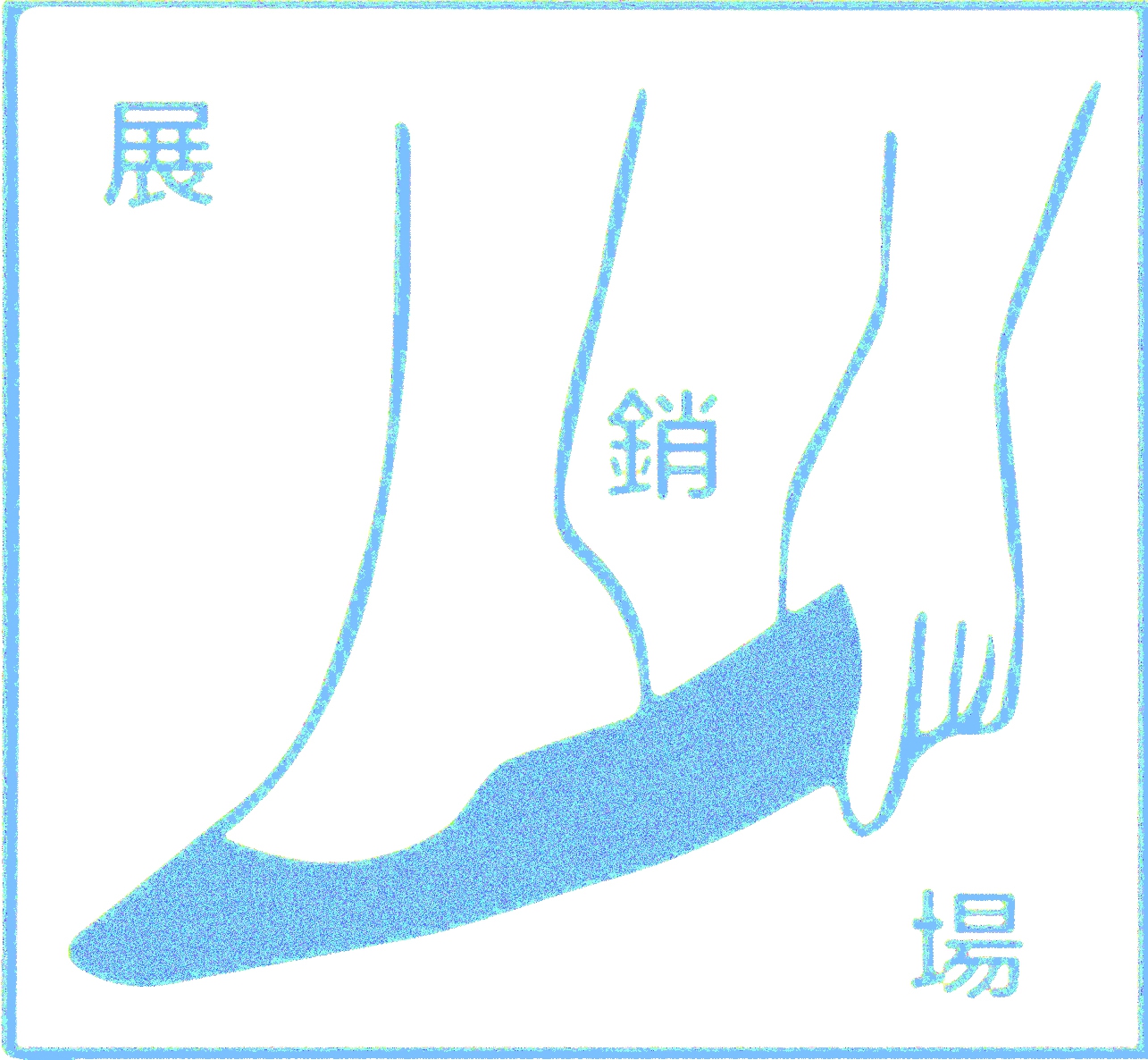
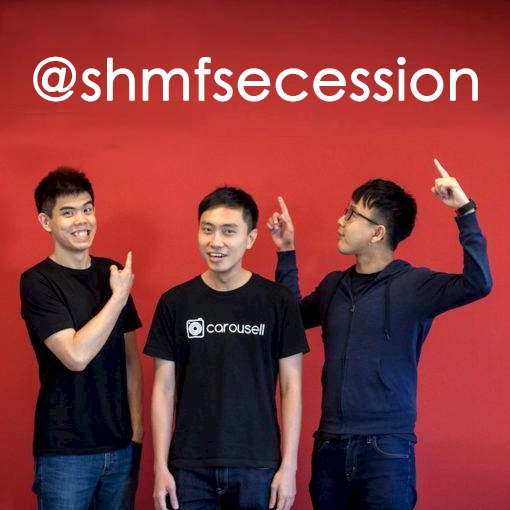

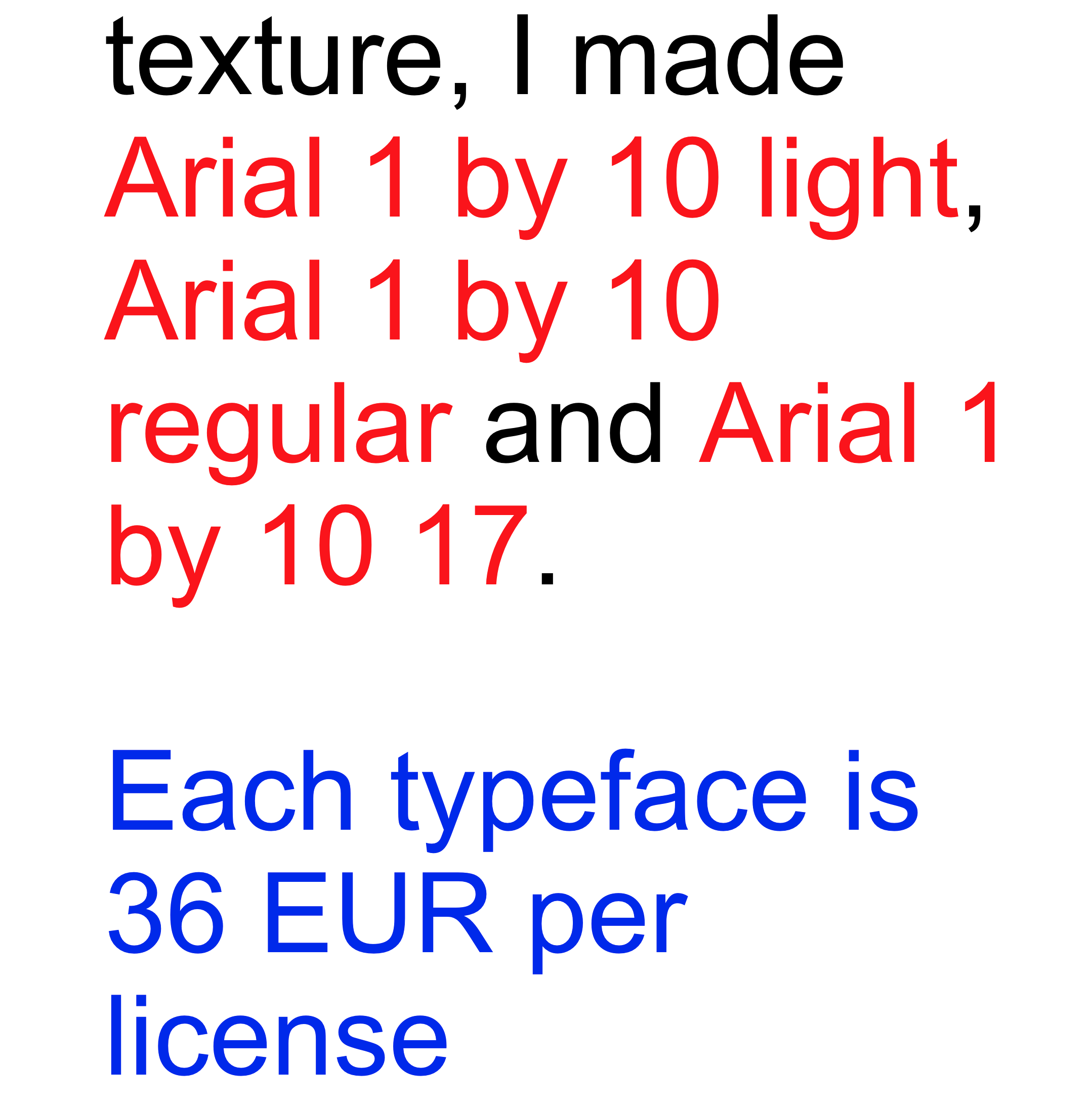

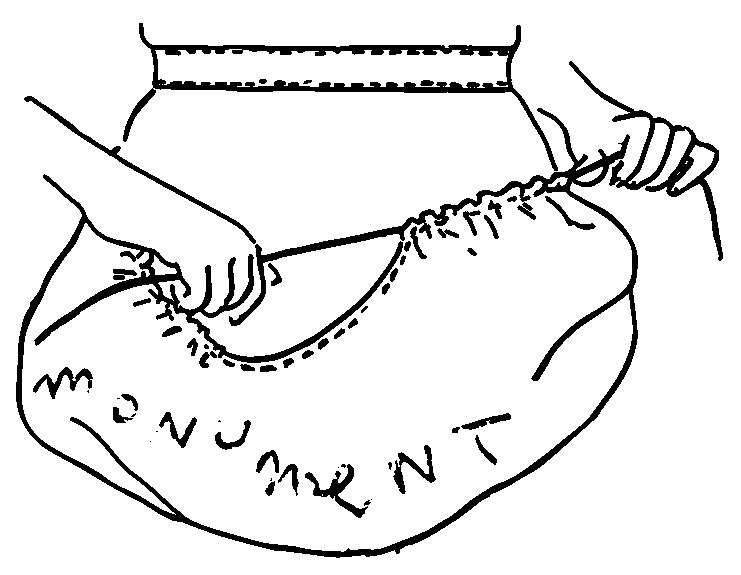
評價 Reviews
Your e-mail address will not be published
* 必填 Required fields